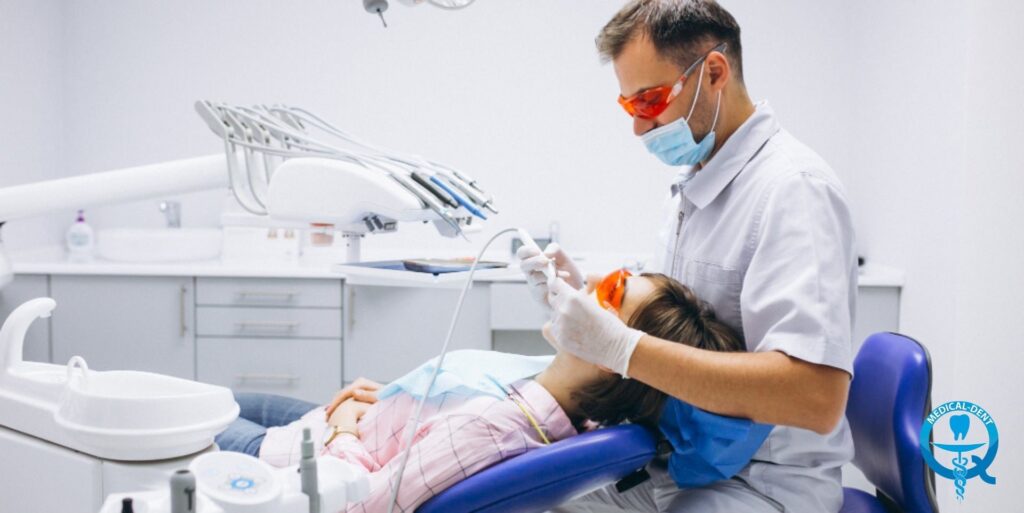A dental cyst is a fairly common, although often unnoticed, dental problem. It is a type of pathological fluid-filled space that develops around the roots of teeth or in the jawbone. Many people are unaware of the existence of cysts, as they may not cause pain or other symptoms for a long time. Nevertheless, if left untreated, a cyst can lead to serious complications such as infections, tooth damage and bone deformities.
What is a tooth cyst?
It is a closed cavity filled with fluid that develops in the jawbone or around the roots of the teeth. Depending on their origin, cysts can have different causes; among the most common are:
- chronic tooth infections - untreated caries or advanced pulpitis
- dental trauma - mechanical trauma that damages the root or pulp can cause an inflammatory process and consequently a cyst
- retained teeth - teeth that have not erupted through the gum (e.g. wisdom teeth)
- periodontal disease - advanced gum and bone disease (periodontitis)
- root canal treatment - in some cases, a cyst can occur after poorly performed root canal treatment.

What are the symptoms?
One of the biggest problems with dental cysts is that they may not give clear symptoms for a long time. They are often detected accidentally during routine dental examinations or on X-rays.
However, as the cyst grows, it may appear pain in the tooth or surrounding bone - especially when biting or pressing. On top of this, there may be swelling of the gums around the cyst, a change in the colour of the teeth to a darker colour, or loosening of the teeth. Serious consequences of the cyst include purulent leaks and facial or bone deformity.

How to treat a tooth cyst?
Treatment depends on the size, the location of the cyst and the condition of the tooth with which it is associated. There are three main methods of treatment.
The first is root canal treatment. It is most commonly used if the cyst is the result of an infection. The aim of this treatment is to remove the infected pulp and fill the root canals, preventing further cyst growth. Increasingly, a specialised microscope is being used in root canal treatment, and if you are interested in this topic you can read more in the article "Root canal treatment under the microscope in the UK".
Cystectomy, or surgical removal of a cyst. It is performed for larger cysts that cannot be cured with root canal treatment alone. A cystectomy involves opening the bone at the site of the cyst and removing its entire contents. If the cyst is associated with a tooth, it is sometimes also necessary to remove the tooth itself. As a reminder, extraction is always a last resort, about which you will read more "Tooth extraction in the UK - when is it necessary and how much does it cost".
As a last option, if the others have proved unsuccessful, is the Apicotomy. This is a surgical procedure that involves removing the apex of the tooth root along with the cyst.

What happens if the cyst is not treated?
If left untreated, a cyst can lead to serious complications. As the cyst grows, it can destroy bone, cause loosening of neighbouring teeth, and lead to serious infections that can spread to other areas of the face and neck. In extreme cases, more teeth may need to be removed or more extensive surgical intervention may be required.
In summary, a dental cyst is a serious conditionwhich can develop asymptomatically over a long period of time. This is why regular visits to the dentist are so important in order to detect and effectively treat such lesions early.
And if your last visit to the dentist was more than six months ago be sure to make an appointment for a follow-up visit.

